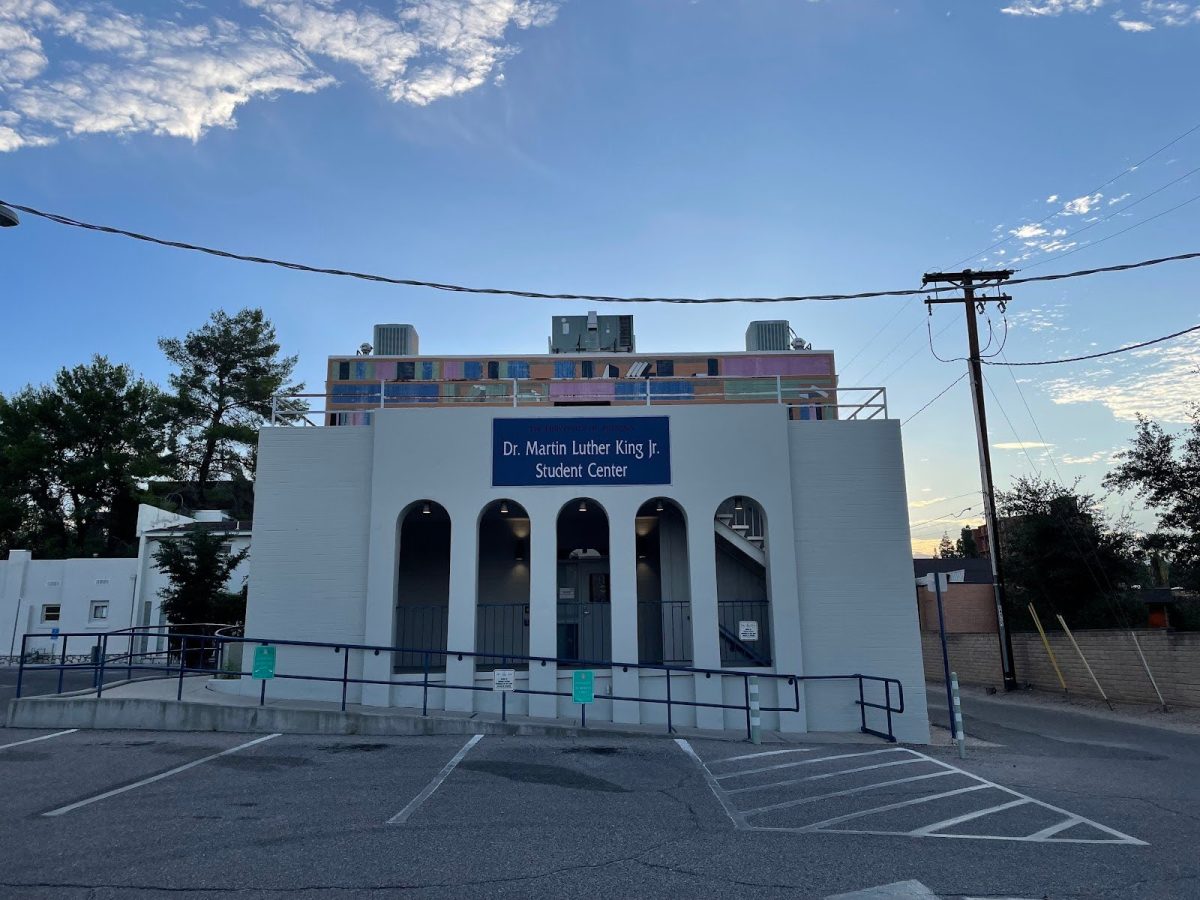This fall, the University of Arizona saw the largest and most diverse incoming class yet. 49% of incoming students self-identify as an ethnicity other than white: this marks an increase of 2% from fall 2022 and 4% from fall 2021.
More specifically, there was a 28% increase in the number of first-year Native American students, 12% increase in first-year Black or African American students and a 10% increase in first-year Hispanic or Latinx students.
With the admittance of a large class of diverse students, it’s important for the university to have support systems in place to retain such a diverse student population through their graduation.
“My concern with recruiting diverse students is, ‘how are we retaining them?’” said Jamaica DelMar, interim director of African American student affairs.
Four year graduation rates for self identifying Black or African American students have shown a decreasing trend. University Analytics & Institutional Research shows that from the incoming class of fall 2016 students, 40.9% graduated in four years, but that dropped to 26.6% from the incoming class of fall 2018.
These low graduation rates may be due to a lot of factors and can be a difficult issue to address, but the cultural and resource centers are doing a lot to retain a diverse student body.
African American Student Affairs, housed in the Dr. Martin Luther King Jr. building on campus, has resources available for students, including but not limited to Think Tank tutors, an embedded CAPS counselor, programming to address mental health issues and racial trauma and groups to retain and graduate men and women of color. AASA is also very involved in the Building Leaders and Creating Knowledge living learning community, through which they provide workshops, speakers and community events.
The art featured in the MLK building was selected by students, emphasizing the center’s commitment to student engagement and representation.
“Higher [education] spaces weren’t historically built for Black folks, period, so this is the only building on campus where you can walk in as a young black person and see yourself reflected and affirmed and celebrated in every room,” DelMar said.
The UA only has graduation rate data from as recently as the incoming fall class of 2018, who graduated in spring 2022. A lot is going on in these cultural centers, but the university will only be able to see the statistical impact of their work once more students graduate in the coming years.
Constant changes in leadership has made it difficult for the cultural and resource centers.
“Something that has been challenging is the change in leadership, the change in organizational structure that the cultural and resource centers have been experiencing over the past maybe five or more years,” said Dominique Calza, director of the Adalberto & Ana Guerrero Student Center.
These difficulties indicate a continuing problem of administration not being as supportive as they could be with letting the centers know that they’re actively working toward stability.
Despite this, the centers continue passionately supporting their students.
“Everything that we do is about retaining and graduating students, wanting students to be successful personally, socially, academically. I think a big part of that is building community and increasing that sense of belonging for students,” Calza said.
Much like AASA, other cultural and resource centers also have Think Tank tutors, embedded CAPS counselors, financial peer advisors, THRIVE peer mentors and programing for mental health and wellness.
“The MLK building, they have a lot of events that go on, and I feel like that was one of the ways that I was able to connect with many friends […] I was able to use that building as a spot to study and get to know people and do events there” said Nadiya Myers, a first generation freshman in the B.L.A.C.K. living learning community.
Although Myers said that starting the school year was a little hard, through AASA and the B.L.A.C.K living learning community, she has found plenty of resources and clubs that she can connect with to help her through.
Students can learn more about the seven cultural and resource centers on campus at the Office of Diversity and Inclusion website.









